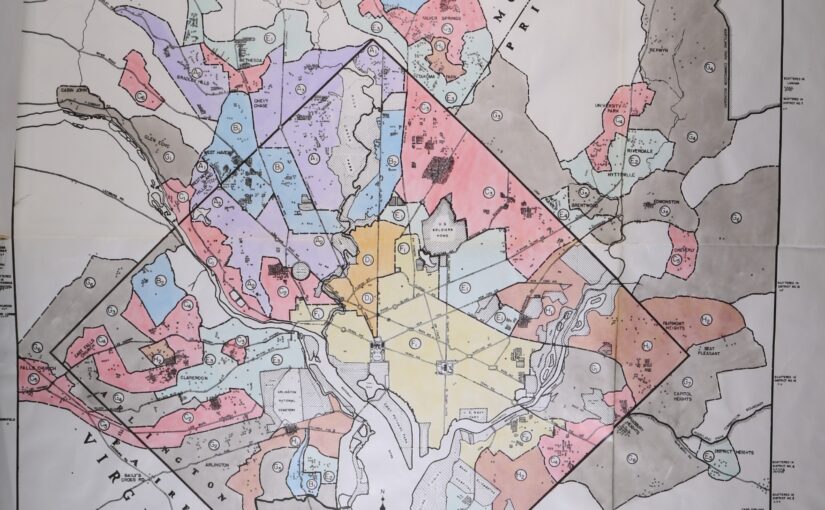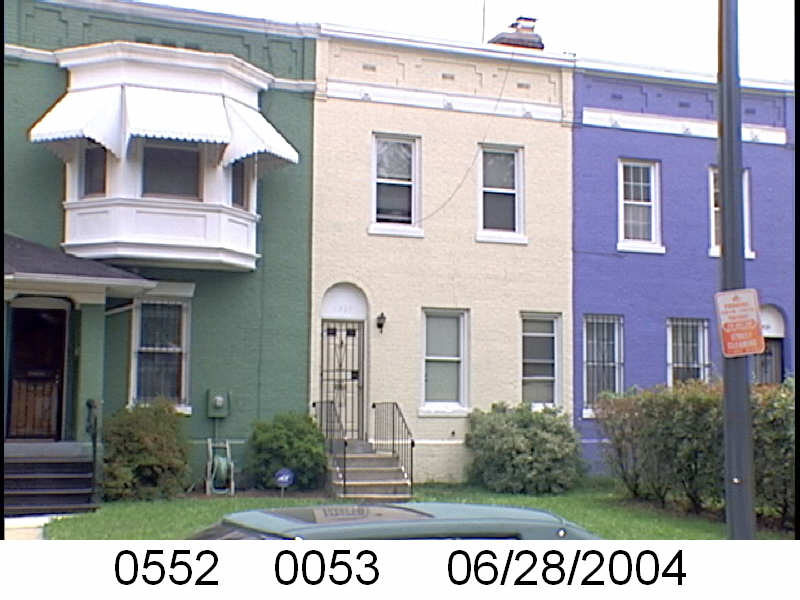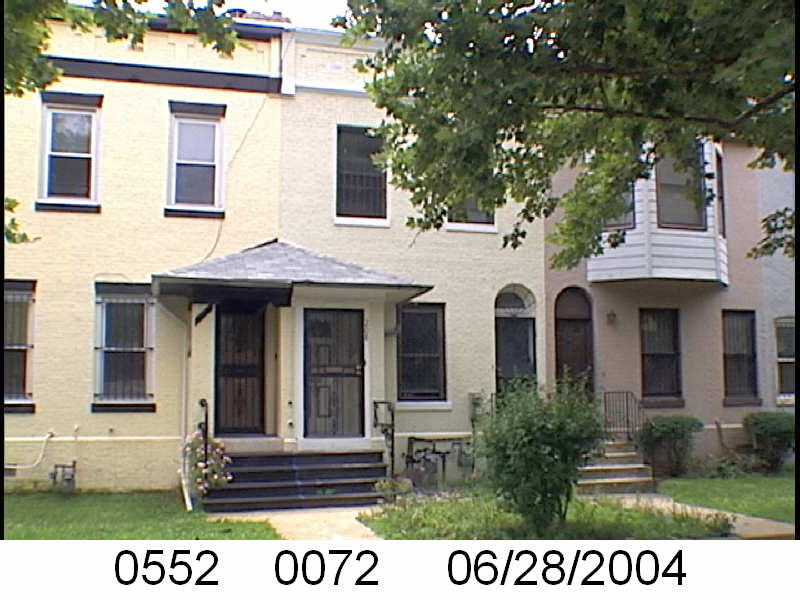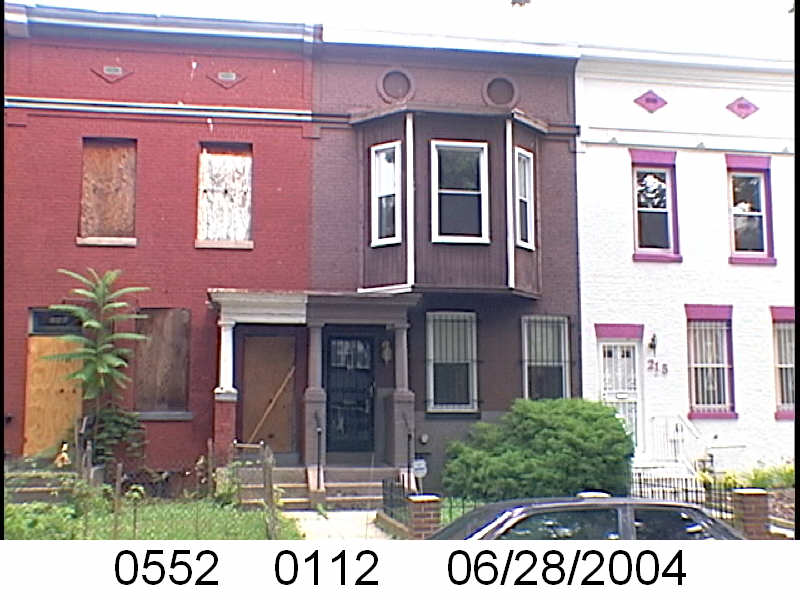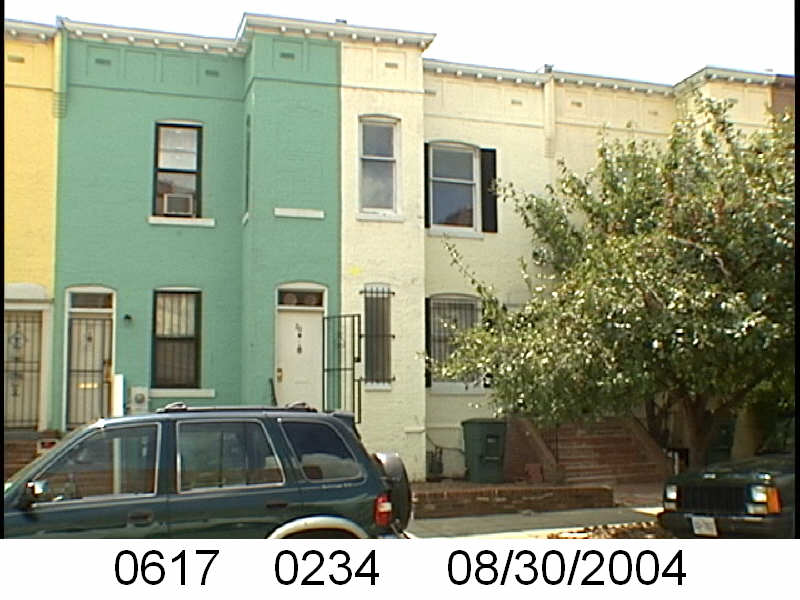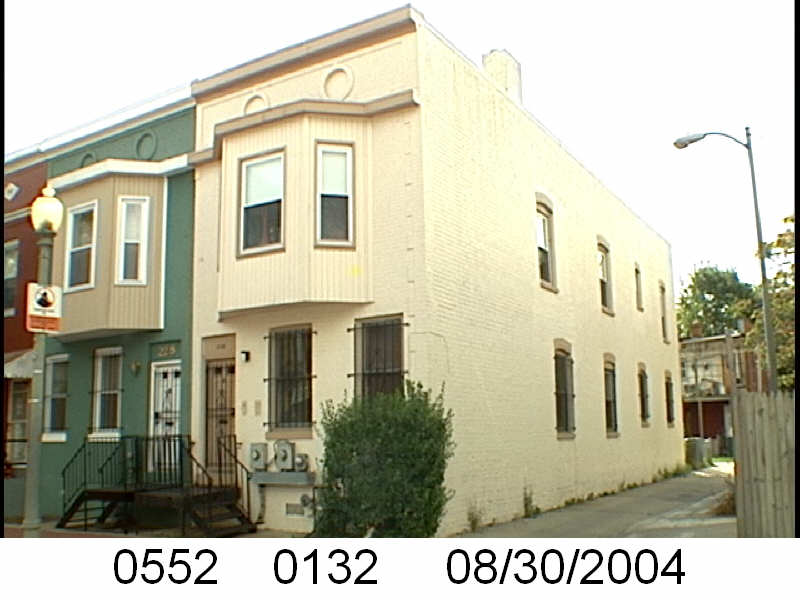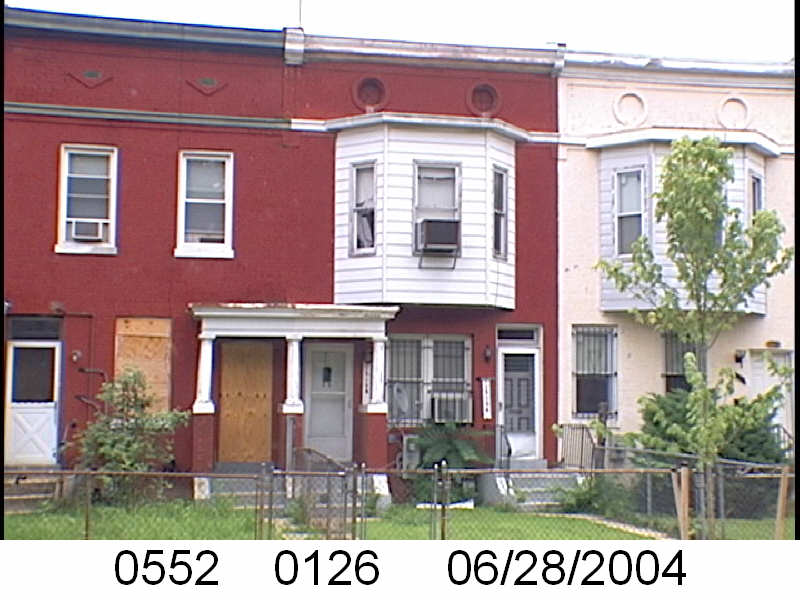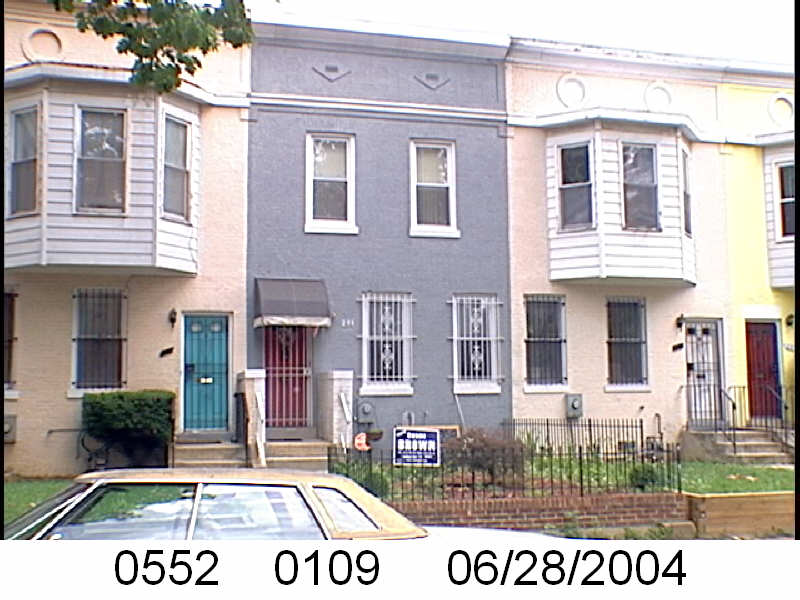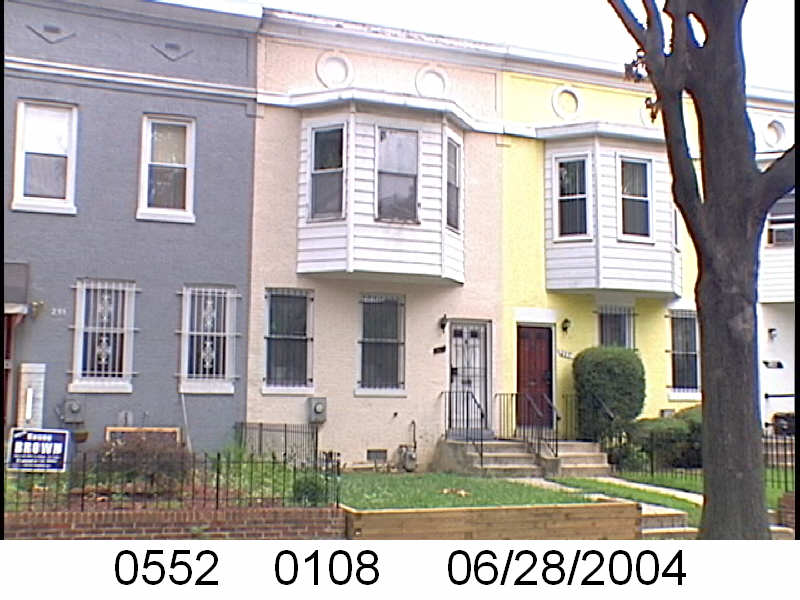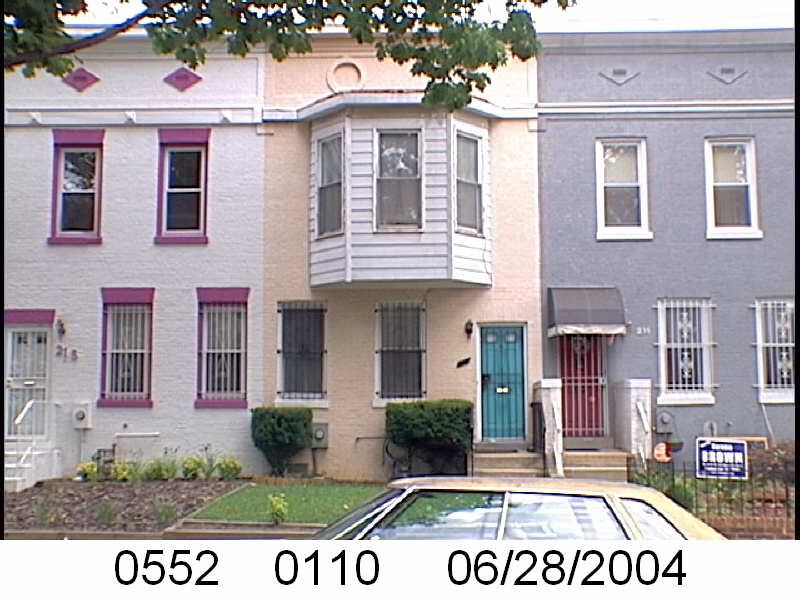To get an idea to see if what I am seeing with the Black Homeowners of Truxton Circle is normal, or not, I am comparing them with white home owners. I am looking at blocks that were over 90% white in 1950 but also in the same “red lined” zone, which was F1.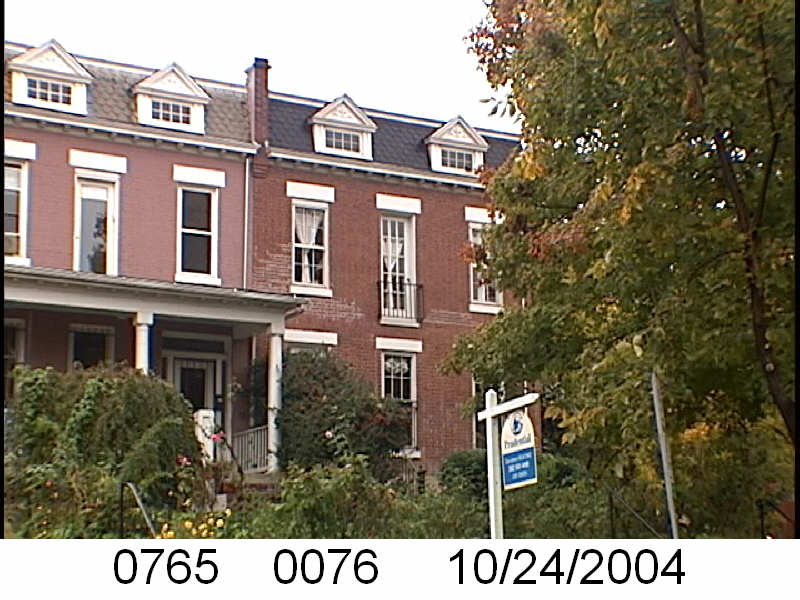 The first document to show up for this Capitol Hill property is a release, which means a debt has been paid, from 1921 for a 1915 debt. It was in Charles E. and Emma F. Speiden’s name who appear in the 1930 census for 232 South Carolina Ave SE in Washington, DC. On March 30, 1948 the home was sold by Charles and Emma’s survivors to Constance Wilson who sold it to Erika B. Ezzell a few days later.
The first document to show up for this Capitol Hill property is a release, which means a debt has been paid, from 1921 for a 1915 debt. It was in Charles E. and Emma F. Speiden’s name who appear in the 1930 census for 232 South Carolina Ave SE in Washington, DC. On March 30, 1948 the home was sold by Charles and Emma’s survivors to Constance Wilson who sold it to Erika B. Ezzell a few days later.
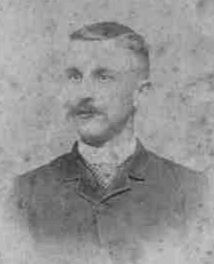
So who were Charles and Emma Speiden?
Well Charles Edwin Speiden was born January 16, 1863 in Washington, DC to William R. and Sarah Ann Perkins Speiden, one of nine children. In 1880, the family lived at 228 K St SE. His father was a blacksmith, his older brother was a blacksmith and in the 1900 census he was a blacksmith.
In 1885 Charles married Emma Florence Scott. In 1890 the blacksmith and his bride lived at 1206 I St SE. In 1900 they were living with his in-laws, Jasper Scott the iron molder, at 503 12th St SE. That year the Speidens had five children between the ages of 13 and four.
Emma was born in 1863 to Jasper A. and Mary Jane Murray Scott in the District of Columbia. She was about one of five children and she in turn had five children, Addie Florence Speiden Adams (1886–1953), William Jasper Speiden (1887–1971), Emma Viola Speiden Huff (1891– 1956), Mary Jane Speiden McClay (1894–1961) and Charles Edwin Speiden Jr. (1895–1901).
By 1930 Charles Speiden was a business owner, iron worker, running East Washington Ornamental Iron Works at 618-620 C Street SE. His adult daughters Emma Huff, and Addie Adams lived with him and Emma, with and her daughter Florence. Their adult daughters were listed as widows, however the 1940 census revealed that Addie was divorced.
Charles died January 31, 1936 at home. A couple years later, Emma Scott Speiden died January 2, 1948.

